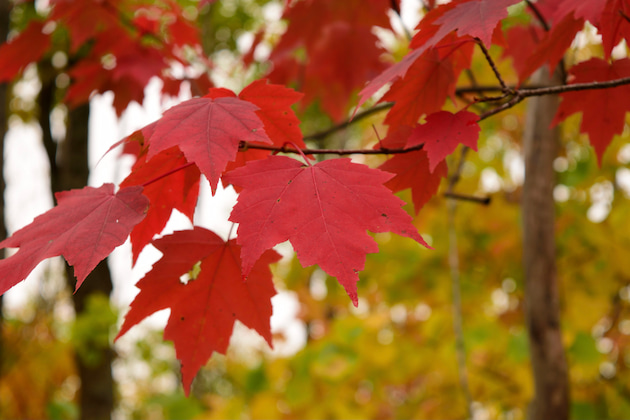Headlines
Red maples might not be so bad after all
UVM study shows red maples have lots of benefits
By PETER GREGG | DECEMBER 14, 2021
UNDERHILL Ctr., Vt.—Might be time to start loving the reds.
Red maples are getting some attention from maple researchers who are trying to debunk their bad reputation.
“Across the maple industry there are lingering perceptions that the red maple is a ‘less than,’” said Dr. Abby van den Berg of the University of Vermont Proctor Maple Research Center, during an online seminar on Friday.
Some sugarmakers say they don’t produce much sap and others say they produce an inferior flavor.
But van den Berg said early results from a two-year study on red maples may surprise the haters.
“Potential yields from reds are very good and similar to the sugar maple,” she said. “There’s a lot of good stuff in this study."
In 2020, Proctor researchers tapped equal numbers of reds and sugars in the same stand and plumbed them into two separate sap collection chambers.
Van den Berg said the yields did not differ hardly at all. In fact, the red maples produced more sap than the sugars in 2020.
She also said the sugar content of the reds didn’t differ from the sugars as much as would be expected.
One of the key understandings of the reds is their adaptability to climate change and other environmental factors.
Red maples have a huge geographic range, are super adaptable and grow on a wide variety of sites like swamps or high ridge tops, she said.
They also seem to be more hearty against pests, van den Berg said.
In many cases, the dreaded forest tent caterpillar will chew up sugar maples and ignore the reds, she said.
Van den Berg will be presenting more of her findings on red maples at the January maple conferences.
And UVM's research will continue this season, maybe showing more love to the reds.
"In 2022 we will make syrup from exclusively reds and see if we can detect differences in flavor," van den Berg said.
































